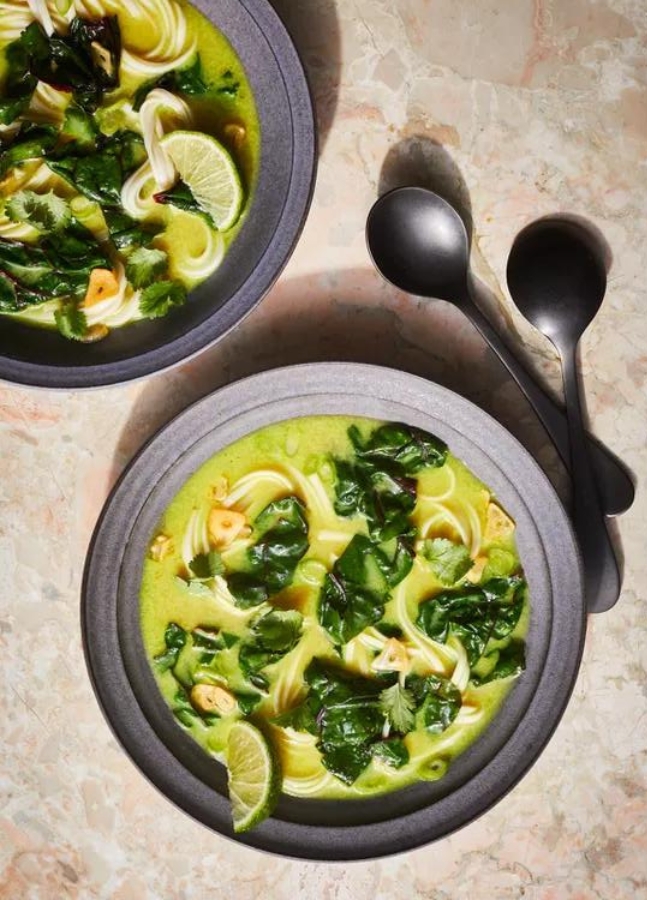Winter Wonderland: Conquering the Chills with Health and Wellness Tips
As the first snowflakes fall and the world transforms into a frosted landscape, a new season arrives—winter. While the cozy nights and festive spirit hold undeniable charm, the shorter days and colder temperatures can sometimes bring down our mood and energy levels. But fear not, fellow winter warriors! With a few simple adjustments to our routines and mindful choices about food and self-care, we can thrive, not just survive, during these colder months.
Nourishing Your Body
- Embrace Winter’s Bounty: While summer boasts colorful fruits and vegetables, winter offers its own array of nutritional powerhouses. Root vegetables like carrots, beets, and sweet potatoes are packed with vitamins and minerals, while citrus fruits like oranges and grapefruits provide a much-needed dose of vitamin C to boost your immune system. Don’t forget winter squashes like butternut and acorn, rich in antioxidants and dietary fiber. Incorporate these seasonal gems into soups, stews, hearty salads, and roasted dishes for delicious and nutritious meals.
- Comfort Food with a Twist: Indulging in warm, comforting dishes is a natural winter desire. However, traditional comfort food doesn’t have to be synonymous with unhealthy choices. Opt for whole-wheat pasta in your mac and cheese, add lentils or chickpeas to chili for extra protein, and bake sweet potato fries instead of their deep-fried counterparts. You can still enjoy the cozy warmth without sacrificing your health goals.
- Stay Hydrated: While thirst might not be as noticeable in colder weather, staying hydrated is still crucial. Water keeps your body functioning optimally, aids digestion, and helps maintain healthy skin. Herbal teas, warm broths, and infused waters can be delicious and hydrating alternatives to plain water.
Delicious Winter Food Options
Breakfast:
- Oatmeal with berries and nuts
- Whole-wheat toast with avocado and eggs
- Protein smoothie with spinach and banana
Lunch:
- Lentil soup with whole-wheat bread
- Roasted sweet potato with black beans and salsa
- Quinoa salad with chickpeas and chopped vegetables
Dinner:
- Salmon with roasted Brussels sprouts and quinoa
- Chicken stir-fry with brown rice and winter vegetables
- Vegetarian chili with cornbread
Snacks:
- Roasted chickpeas
- Apple slices with almond butter
- Yogurt with granola and berries
- Fresh vegetables with hummus
Remember: These are just suggestions, and the best approach is to personalize your choices based on your preferences and dietary needs.
By incorporating these tips into your routine, you can navigate winter with a sense of vitality.
Supplements for Support
- Vitamin D: Winter’s reduced sunlight exposure can lead to vitamin D deficiency, impacting mood, energy levels, and bone health. Consider taking a vitamin D supplement after consulting your doctor to ensure appropriate dosage.
- Omega-3 Fatty Acids: Research suggests omega-3s can support mood regulation and overall brain health. Fatty fish like salmon and sardines are excellent sources, but if you don’t eat much fish, talk to your doctor about an omega-3 supplement.
- Mood-Boosting Nutrients: Magnesium, zinc, and B vitamins play important roles in mood regulation. Consider including foods rich in these nutrients, such as leafy greens, nuts, seeds, and whole grains, in your diet. Additionally, a doctor-approved supplement containing these nutrients might be beneficial.
- Remember: Consult your healthcare professional before starting any new supplements to ensure they are safe and appropriate for you.
Moving Your Body
- Embrace Indoor Activities: While outdoor exercise becomes more challenging in winter, don’t underestimate the power of indoor movement. Join a gym, take a dance class, or invest in workout DVDs or online fitness programs. Even brisk walks around your house or bodyweight exercises like squats and lunges can keep your blood flowing and your mood lifted.
- Winter Sports Fun: Embrace the season and explore winter sports like ice skating, skiing, or snowboarding. These activities provide a fun way to stay active, enjoy the outdoors, and connect with friends and family.
Mindfulness Matters
- Beat the Winter Blues: Shorter days and less sunlight can contribute to feelings of sadness or low mood, commonly known as the winter blues. Prioritize activities that bring you joy, like spending time with loved ones, listening to uplifting music, or engaging in hobbies you enjoy. Light therapy can also be helpful in combating seasonal mood changes.
- Practice Gratitude: Focusing on the positive aspects of your life, even the small things, can significantly impact your mood and overall well-being. Keep a gratitude journal, share appreciation with others, or simply take a moment each day to reflect on what you’re grateful for.
- Prioritize Sleep: Adequate sleep is vital for physical and mental health, especially during winter when daylight hours are limited. Aim for 7-8 hours of quality sleep each night to keep your energy levels up and your mood balanced.
Ingredients
- 1 tablespoon olive oil
- 4 cups vegetable stock (such as Swanson)
- 1 (13.5-ounce) can coconut milk
- 10 ounces uncooked udon noodles
- 1 1/2 teaspoons fine sea salt, plus more for boiling noodles
- 1 (5-ounce) bunch Swiss chard, stems removed, roughly chopped
- 2 scallions, finely chopped
- 1 cup fresh cilantro leaves
- 1 lime, quartered, for serving
Ginger & Turmeric Curry Paste
- 4 medium garlic cloves, roughly chopped
- 5 medium shallots, roughly sliced
- 1 (3-inch) piece fresh ginger, peeled and roughly sliced (about 1 1/4 ounces)
- 3 serrano chiles, stems removed, roughly sliced
- 2 teaspoons fresh lime juice
- 2 teaspoons ground cumin
- 2 teaspoons ground turmeric
- 1 teaspoon ground coriander
- 1/4 cup good-quality coconut oil
Garlic Oil
- 1/4 cup olive oil
- 1 large garlic clove, very thinly sliced
Instructions
Make the ginger and turmeric curry paste
- Combine garlic, shallots, ginger, chiles, lime juice, cumin, turmeric, and coriander in a blender or food processor, and pulse until ingredients are finely chopped. Add coconut oil and pulse until ingredients form a smooth paste. (Keep any unused paste in an airtight container in refrigerator up to 7 days, or freeze in an airtight container.)
Make the garlic oil
- Heat olive oil in a small saucepan over medium-high. Add the garlic slices and cook until sizzling, 30 to 40 seconds. As soon as you see any sign of browning, remove from heat immediately, as the garlic will continue to cook and turn completely golden in the hot oil.
Make the soup
- Heat a deep, high-sided skillet over medium-high and drizzle with olive oil. Add 1/2 cup ginger-turmeric curry paste. Reduce heat to low and cook, stirring constantly, until aromatic, 2 to 3 minutes. Stir in vegetable stock and coconut milk. Let simmer 6 to 8 minutes to allow the flavors to meld.
- Meanwhile, bring a large pot of salted water to a boil and add noodles. Cook according to package directions for al dente. As soon as the noodles are al dente, drain and rinse under cold running water. Divide noodles evenly among 4 serving bowls.
- Season broth with salt. Turn off heat and stir in chard. To serve, ladle broth mixture over the noodles. Top with scallions and cilantro; drizzle with garlic oil. Serve with lime wedges.
Interested in learning more from our experts? Book your FREE consultation today or call 406.869.1066!





